Orange tree??
patty718
9 years ago
Related Stories

GARDENING GUIDESHow to Keep Your Citrus Trees Well Fed and Healthy
Ripe for some citrus fertilizer know-how? This mini guide will help your lemon, orange and grapefruit trees flourish
Full Story
FALL GARDENING11 Trees for Brilliant Fall Color
Give your landscape the quintessential look of autumn with the red, orange and yellow leaves of these standouts
Full Story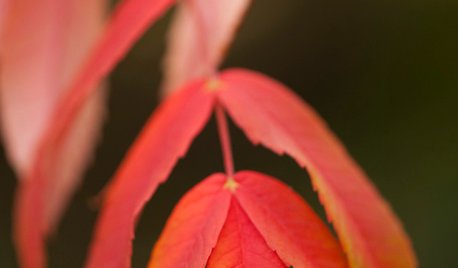
RED FOLIAGEGreat Design Tree: Staghorn Sumac
This fall superstar burns bright red and orange in the landscape — just keep an eye on its spread while you watch the show
Full Story
ORANGEGuest Picks: Everything Orange
Furniture and accessories in orange, persimmon, pumpkin and paprika are in season now
Full Story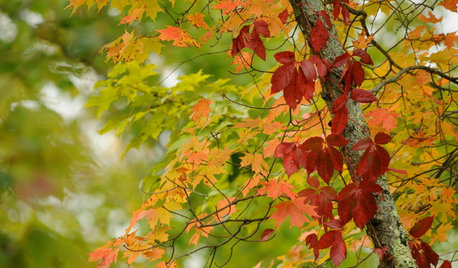
COLORFall on the Wall: Decorating With Rich Reds, Browns and Oranges
For your interiors, take a cue from nature’s colorful seasonal offerings
Full Story
COLORExterior Color of the Week: 5 Ways to Make Orange Work for You
Whether you opt for a little or a lot, bold orange will bring drama to your home
Full Story
PRODUCT PICKSGuest Picks: Slices of Orange for a Cheerier February
Sprinkle these orange accessories around your home for a brighter outlook on gray days
Full Story
KITCHEN DESIGNKitchen of the Week: Navy and Orange Offer Eclectic Chic in California
Daring color choices mixed with a newly opened layout and an artful backsplash make for personalized luxury in a San Francisco kitchen
Full Story
EDIBLE GARDENSHow to Grow 10 Favorite Fruit Trees at Home
Plant a mini orchard in fall, winter or early spring to enjoy fresh-off-the-tree fruit the following year
Full Story





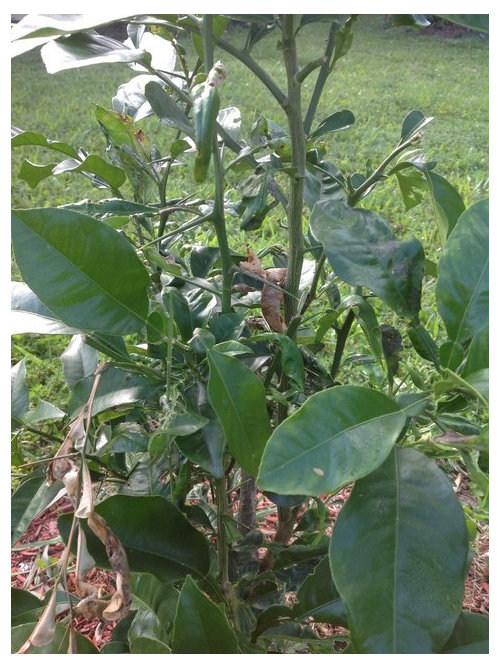

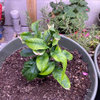
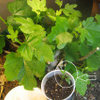
hoosierquilt USDA 10A Sunset 23 Vista CA
johnmerr
Related Professionals
Hyattsville Landscape Architects & Landscape Designers · Manorville Landscape Architects & Landscape Designers · Garden City Landscape Architects & Landscape Designers · Finneytown Landscape Architects & Landscape Designers · Beachwood Landscape Contractors · Clearlake Landscape Contractors · Franklin Landscape Contractors · Hawthorne Landscape Contractors · Holland Landscape Contractors · Laguna Hills Landscape Contractors · Long Branch Landscape Contractors · Norwalk Landscape Contractors · Oxnard Landscape Contractors · Palos Verdes Estates Landscape Contractors · Wethersfield Landscape Contractorshoosierquilt USDA 10A Sunset 23 Vista CA
johnmerr
patty718Original Author
hoosierquilt USDA 10A Sunset 23 Vista CA
johnmerr
hoosierquilt USDA 10A Sunset 23 Vista CA
tcamp30144(7B N.ATLANTA)
patty718Original Author
Dave in NoVA • N. Virginia • zone 7A